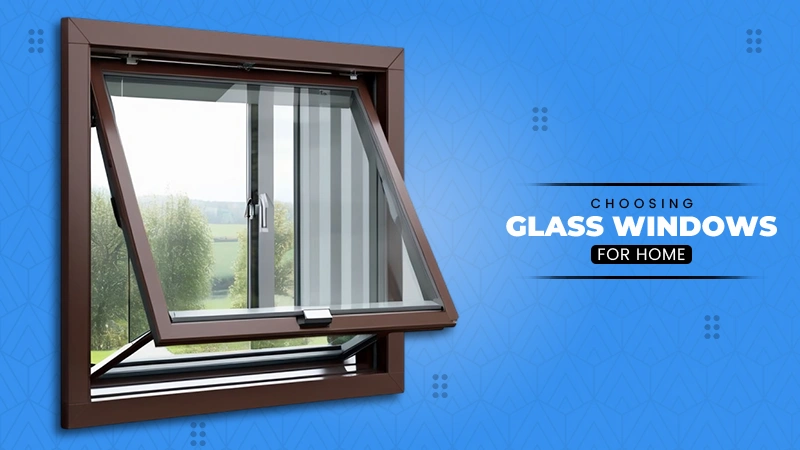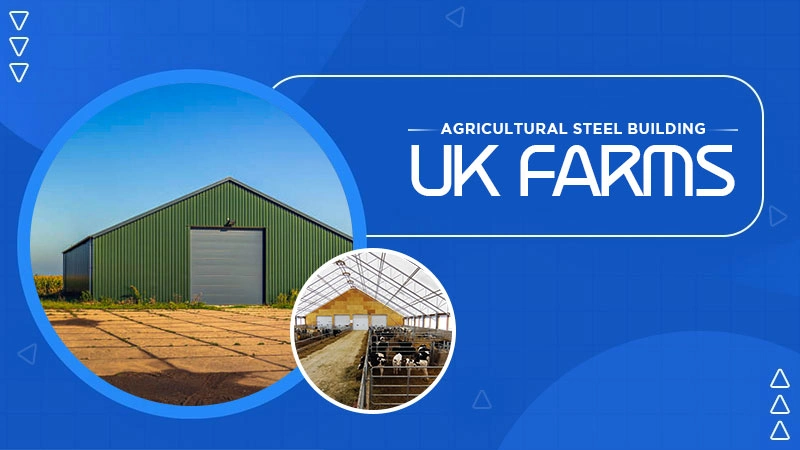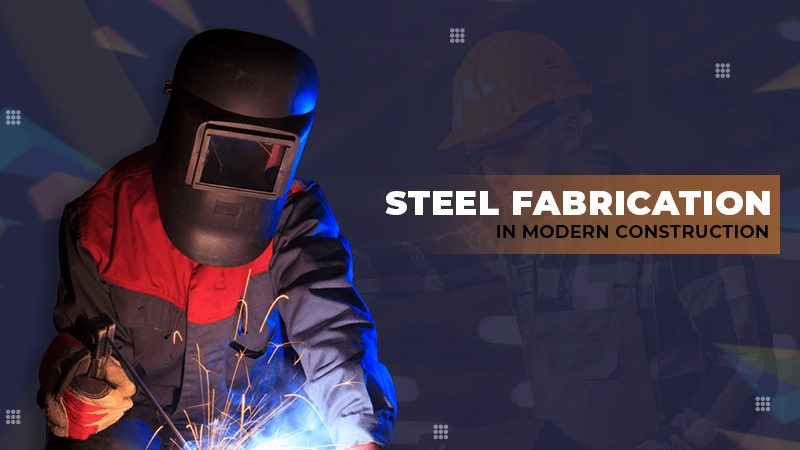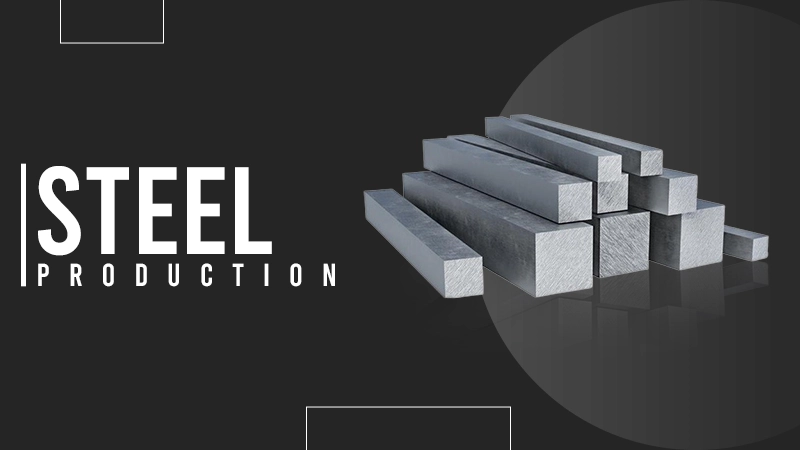What Are Agricultural Steel Buildings & Why Do UK Farms Depend on Them?
Across the countryside of the UK, steel buildings are a familiar feature on farms of all shapes and sizes. From sheltering machinery to covering livestock, they’re constructed to withstand heavy use and extreme weather conditions — and that’s precisely why farmers favor them so much. So, what are agricultural steel buildings, and why are they favored over old favorites such as wood or brick?
Built for the Job
Steel agricultural buildings are specially constructed buildings made especially for farming purposes. They are usually constructed using galvanised or coated steel frames and either steel cladding or insulated panels secured to the exterior. This design provides them with a hard, weatherproof exterior that can withstand the rigors of day-to-day farm activity.
In contrast to older buildings that frequently require expensive maintenance, steel buildings are recognized by their minimal maintenance requirements. There’s no peeling paint, no rotting wood, and no masonry to crack. For most farmers, the greatest attraction is that once built, the building remains strong for decades with hardly any commotion.
Flexible Application on the Farm
Steel buildings are utilized by farmers for a variety of tasks. Storage is the most universal — big open-sided barns or covered-up sheds provide shelter from rain and frost for tractors, sprayer, and other machinery. Tall roof pitches on some buildings enable simple combine and loader access, or roller doors and partitioned bays for feed, hay, or fertiliser.
Steel buildings are also commonly used to shelter animals. With proper ventilation, they’re perfect for cattle, sheep, and poultry. The area can be tailored to suit varying stock quantities, feeding systems, or calving pens — and since steel doesn’t get damp like timber, it’s easier to maintain clean and dry on the inside.
Some newer constructions even serve as workshops, packing sheds, or grain storage, particularly on multi-use farms where space must do more.
Quick Build, Lower Costs
Another reason UK farms don’t abandon steel buildings is how quick and affordable they are to erect. In comparison with brick-and-mortar barns, a steel-framed building can be delivered and fully constructed in weeks, not months. That shorter construction time saves money — not only in labour, but in minimizing disruption to the day-to-day running of the farm.
Most suppliers produce pre-engineered kits that are made to order, so frames and cladding come ready to bolt together. That also makes installation easy, with fewer specialist contractors required. For farms with tight finances or seasonal timetables, that flexibility counts for a lot.
Built to Weather the British Climate
Steel buildings are renowned for withstanding the UK’s volatile weather. Blizzards, heavy rain, and freezing temperatures are the norm in the countryside — particularly on exposed ground or open moorland. Well-designed steel buildings can be wind load rated and snow load rated, going some way to safeguarding livestock and precious kit within.
And since the materials used are rust- and corrosion-resistant, there’s less chance of long-term moisture or saltwater damage in coastal regions.
A Long-Term Investment
Though the initial expense of a steel building may be greater than other options, it generally ends up costing less in the long term. With hardly any maintenance required and a life expectancy often over 30 years, it’s one of the safer investments a farm can undertake.
Some farmers also future-proof their constructions by including additional height or additional bays in the plan. That way, the building will be able to expand with the business — whether that’s additional livestock, larger machines, or increased storage requirements.
Steel buildings are employed throughout UK farms because they function. They’re effective, economical, and constructed to endure in a working climate where time off the job is not cheap. To anyone who works on the land, they’re more than just a handy option — they’re a requirement. Contact us to know more about in detail about steel buildings and what are actually are they?










